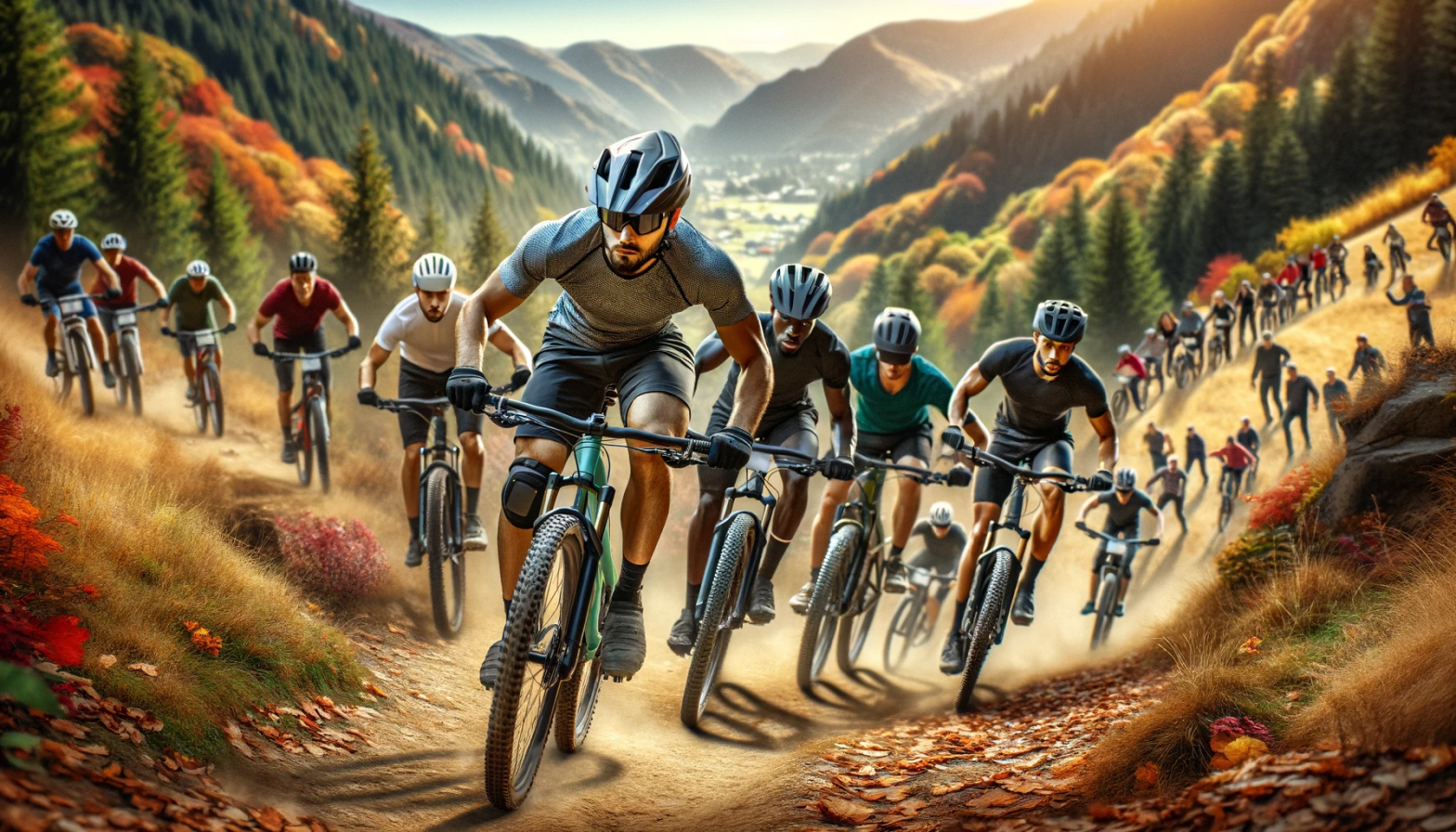Biking in extreme climates like deserts and the arctic requires special planning and preparation. The unique challenges posed by these environments demand adapting your equipment, clothing, schedule, and mentality. With the right precautions, cyclists can safely enjoy the stark beauty of deserts and the north. This article provides tips to make biking in extreme climates not just feasible, but rewarding.
Gearing Up for Desert Riding
Riding in desert environments brings searing heat, blinding sun glare, and scarce water sources. Your bike setup and clothing choices can make these conditions more manageable.
Fatigue and overheating are major risks in the desert. Pack minimally to reduce weight and heat retention. Attach extra water bottle cages to your frame so you can carry more fluids. Insulated bottles help water stay cool longer. Choose lightweight, breathable clothing in light colours to reflect sunlight and heat. Zip-off sleeves allow versatile layering as the day warms up. A helmet with visor, sunglasses, buff, and sunscreen provide necessary protection from the intense sun and heat.
Sand and dust place wear and tear on your drivetrain. Installing fenders prevents buildup between moving parts. Seal bearings and openings with waterproof tape to prevent abrasion. Wide tires with deep treads provide needed traction and floatation on soft terrain. Platform pedals shed sand and debris easily compared to clip-ins. Packing a multi-tool, tubes, patch kit, and portable pump prepares you for flats and breakdowns far from support.
| Hydration Needs | Calorie Needs |
| 64+ oz water per hour | 30-60 g carbs/hour |
| Electrolyte supplements | 200-300 cal/hour |
Desert riding requires special nutritional considerations as well. The extreme heat and arid climate tax your body’s hydration and electrolyte levels. Drinking plenty of water prevents dangerous dehydration, while electrolyte supplements help maintain optimal performance. Pack high energy, salty snacks to replace the calories and minerals lost through heavy sweating.
Schedule your desert rides carefully around sunrise and sunset to avoid the hottest daytime temperatures. Ride slowly and steadily to manage exertion in the heat. Know where to replenish water along your route, as sources may be scarce. Avoid riding in high winds which tax your body further. Have an exit plan if conditions become too extreme. Riding in deserts rewards with otherworldly scenery, if undertaken cautiously.
Braving the Cold in the Arctic
The extreme cold, snow, ice, and isolation of the arctic require specialised preparation as well. Protecting your extremities from dangerous frostbite and wind chill should be your priority.
Studded tires provide essential traction on snow and ice. Lowering your tire pressure increases surface contact for additional grip. Combining mountain bike tires up front with road tires in back allows control and propulsion on mixed terrain. Waterproof shoe covers, gloves, socks, face masks, and eye protection will shield you from icy winds. Layer warm wool and synthetic fabrics to retain body heat without overheating from exertion. Outer windproof shells block cutting winds.
Biking in the arctic often entails long distances between shelter and villages. Carry emergency communication and navigation aids, plus extra food and fuel. Schedule your itinerary around available daylight. Allow ample transition time going in and out of warm shelters to prevent dangerous sweat cooling. Avoid perspiring excessively. Stay alert for signs of hypothermia, frostbite, and dehydration. Seek or make shelter if conditions deteriorate beyond your tolerances. The stillness and vistas of the arctic reward the prepared cyclist.
Key Takeaways
Riding in hot deserts and frigid arctic regions is feasible with the right gear choices and preparations:
- Deserts call for maximising water supplies, sun protections, and minimising excess weight. Schedule rides early before peak heat.
- The arctic demands insulating and windproof clothing layers. Traction aids like studded tires help navigate snow and ice. Carry extra supplies given scarce resources.
- In both environments, listen to your body’s limits and have an exit plan for rapidly changing conditions.
To conclude, with the proper fitness and precautions, cyclists can pedal through diverse settings few others experience. The sweeping vistas and profound isolation of deserts and the arctic recalibrate your sense of awe. By respecting the extremes, adventurous riders can fully experience nature’s power and beauty.
